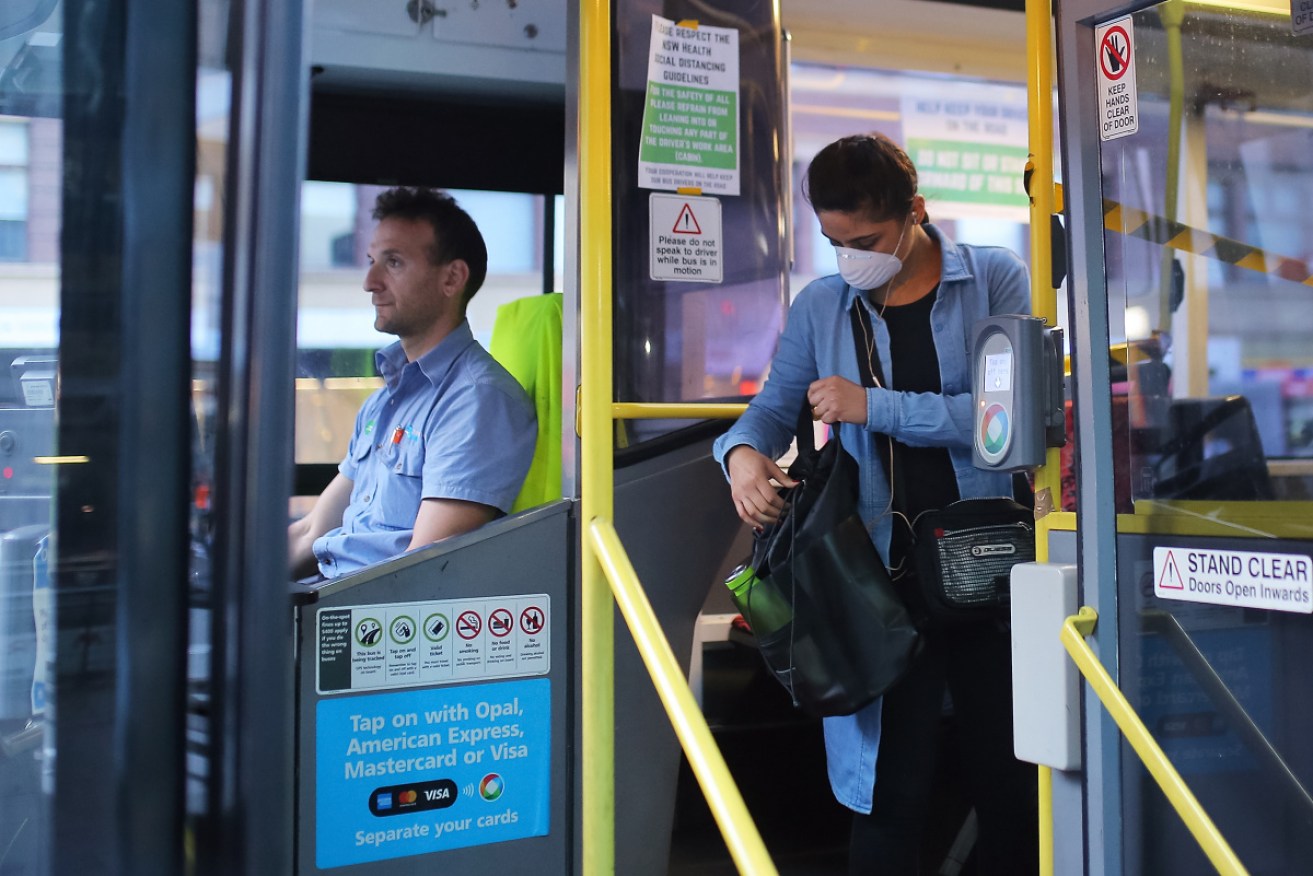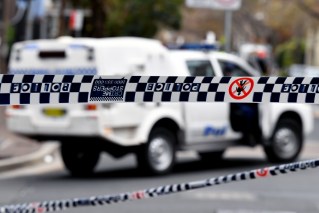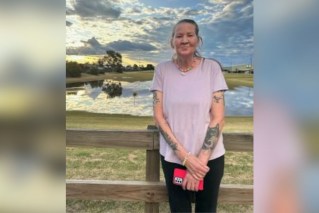Our public transport networks need to change. And fast, experts say


Making sure public transport is safe is key to coping with COVID-19. Photo: AAP
The crowded bus, train or tram you take each day to work isn’t designed to be coronavirus safe.
And big changes are needed, experts warn.
Before the coronavirus pandemic, an average of 9.2 million Australians took public transport to work each day.
But there are concerns communal vehicles may spread the coronavirus as the lockdown lifts.
Australian National University infectious disease physician and microbiologist professor Peter Collignon said we need to totally overhaul the way we use public transport.
“Public transport is an issue because it’s crowded, or was crowded before, so how do we change practices and protect people? We can’t keep on doing what we were doing before the pandemic,” Professor Collignon said.
In some countries in Europe and Asia, hand sanitiser stations are being put in transport areas and staff have their temperature checked daily.

The way we use public transport has to radically change. Photo: AAP
“Hand sanitiser is a good idea. The trouble with measuring temperature is that only half of the people with COVID-19 have a temperature,” Professor Collignon said.
Our public transport system is just not set up for a pandemic, said the University of Sydney Business School transport and logistics management lecturer Dr Geoffrey Clifton.
“It’s designed to get people to and from work, and to and from school in peak hour and there’s always been an expectation we’ll crowd as many onboard during that time,” Dr Clifton said.
“That makes logical sense because you don’t need to invest billions to give people a seat in peak hour if they’re empty the rest of the day. So we made it tolerable in peak hour.”
Changing times
COVID-19 has shifted our concerns.
Instead of reliability and speed, people want to make sure their commute is safe, Dr Clifton said.
“We need to adapt to the system, in the short term.
“So the best thing is to stagger start hours, stagger work hours, stagger retail opening hours, so you‘re spreading the peak as much as possible.
“That makes much more efficient use of the public transport network. A little bit more crowded off-peak, and a bit less crowded during peak.
“Encouraging more walking and cycling. But none of those things are a magic bullet. Working from home is going to be important.”
But we need to think long-term upheaval, and huge changes to how we all move around, he said.
“In the medium term, we need to start thinking about how we can adapt to the system. That will mean infrastructure will be important – looking at the pinch points, a lot of train stations have a narrow entrance so widening those out more.
“Integrated better network planning, providing more capacity on the routes where that is needed. That’s important.
“Things like bus services, you can run buses between suburbs, so they don’t need to go through the city centre. That will help with crowding.”
In our biggest cities, things are being done differently.
Sydney has placed green stickers on its buses and trains to show you where you can sit while also hiring extra cleaners.

Green stickers show commuters in Sydney where they can sit and stand. Photo: Twitter
“More than 700 extra cleaners have been hired and an extra 132,000 hours of cleaning has been carried out across the public transport network since the start of March,” a spokesperson for Transport NSW said.
“The public transport network in NSW have never been cleaner, with all services cleaned at least daily.”
Melbourne is still developing its plan and Brisbane is hoping staggered clock-on times lower the number of passengers.
“Public transport is still safe to take,” a Queensland Health spokesperson said.
“We do advise to practise social distancing, ideally 1.5 metres, as much as possible, and to perform hand hygiene regularly.”
For now, Australians are being asked to only catch public transport if they need to.
And if they are getting a bus, train or tram, to follow the guidelines, AMA NSW president Dr Danielle McMullen said.
“If you need to catch a bus or a train, the things you can do are, in Sydney sticking to the transport dots, making sure you carry hand sanitiser or wash your hands after getting public transport, and definitely stay home if you‘re sick,” Dr McMullen said.
“If you have got symptoms, don’t be out in public.
“We don’t think the general public needs to be wearing a mask, but if you want to wear one, do.”
The most helpful thing to keeping us all safe was working from home where possible, she said.
“Workplaces that can work from home should still be doing that.”








